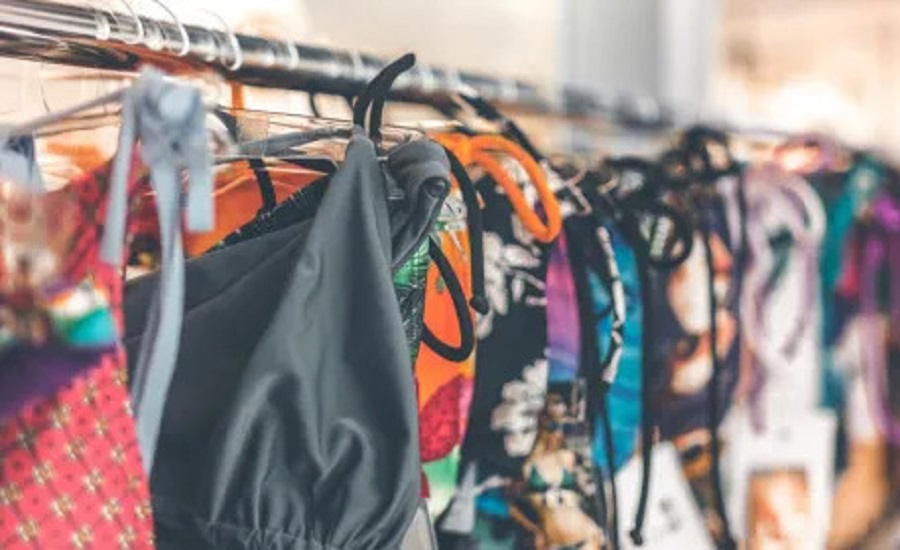The global swimwear market has seen significant growth over the past decade and is poised for continued expansion in the coming years. With rising disposable incomes, an increasing focus on health and wellness, and a growing interest in outdoor and water-based recreational activities, the swimwear market is expected to reach new heights by 2032.
Get a Free Sample Report – https://www.skyquestt.com/sample-request/swimwear-market
Market Size and Growth Projections
Looking ahead to 2032, the market is projected to grow significantly, reaching an estimated USD 39.28 billion by the end of the forecast period. This represents a steady compound annual growth rate (CAGR) of 5.3% from 2025 to 2032. Factors such as the rising popularity of aquatic sports, increasing participation in fitness activities, and the growing trend of vacation travel will play a crucial role in driving this growth.
Key Market Drivers
- Increasing Disposable Income: As global economies continue to grow, consumers in both developed and emerging markets are enjoying higher disposable incomes. This has led to increased spending on luxury items, including high-end and premium swimwear.
- Health and Wellness Trends: Swimwear is often associated with an active lifestyle, wellness, and fitness, which has gained significant traction in recent years. The increasing awareness around maintaining a healthy lifestyle has contributed to a rising demand for swimwear designed for both leisure and active use.
- Innovation in Swimwear Design: Advancements in fabric technology, such as the development of eco-friendly materials, moisture-wicking fabrics, and UV-protective swimwear, have sparked consumer interest. Brands are continually innovating with new designs and functionalities to cater to a wider range of consumers.
- Growth of Water Sports and Recreational Activities: As more people engage in water-based sports like surfing, swimming, and boating, the demand for swimwear continues to rise. Additionally, the increasing popularity of beach vacations and coastal tourism is also driving the demand for stylish and functional swimwear.
Make an Inquiry to Address your Specific Business Needs – https://www.skyquestt.com/speak-with-analyst/swimwear-market
Swimwear Market Segments Analysis
The global swimwear market analysis is segmented based on fabric type, distribution channel, end-user, and region.
By fabric type, the market includes polyester, nylon, spandex, and others.
Based on distribution channels, the market is divided into online and offline platforms.
The end-users for this particular market are mainly inclined towards men and women.
Geographically, it can be segmented into North America, Europe, Asia-pacific, Latin America and the Middle East and Africa (MEA).
Regional Insights
- Asia Pacific: This region is expected to be the dominant player in the swimwear market. Countries like China, India, and Japan are seeing rapid urbanization and a growing middle class, leading to an increase in demand for swimwear. Additionally, warm climates and the popularity of beaches and water parks further fuel the market’s growth in the region.
- North America: North America, particularly the United States, remains one of the largest markets for swimwear. With a strong consumer base and a significant presence of both luxury and mainstream brands, North America is expected to continue experiencing steady growth.
- Europe: Europe holds a notable share of the global swimwear market. The region’s well-established fashion industry, combined with a penchant for beach vacations, ensures consistent demand. Mediterranean countries, in particular, see high consumption of swimwear during peak tourist seasons.
- Latin America: Latin America is expected to be the fastest-growing region for swimwear in the coming years. Increased urbanization, a burgeoning middle class, and a warm climate make countries like Brazil and Mexico prime markets for swimwear products.
Take Action Now: Secure Your Swimwear Market Today – https://www.skyquestt.com/speak-with-analyst/swimwear-market
Top Competitors in the Swimwear Market
The swimwear industry is highly competitive, with numerous global and regional players vying for market share. Some of the top competitors in the market include:
- Speedo: Known for its innovation and performance-oriented swimwear, Speedo is a dominant brand, especially in competitive swimming gear.
- Nike Swim: Leveraging its global brand recognition, Nike Swim provides a range of swimwear that combines functionality with performance. Their products are popular across both recreational swimmers and competitive athletes.
- Adidas Swim: Adidas Swim offers a broad range of products, including both performance-based and lifestyle swimwear. With its extensive marketing reach and reputation in sportswear, Adidas remains a top competitor.
- Arena: A leading brand in the swimwear market, especially for competitive swimming, Arena offers technologically advanced swimsuits designed for elite athletes.
- H&M: In the fast-fashion segment, H&M offers affordable yet stylish swimwear options that cater to a wide demographic. Its global presence and ability to quickly respond to fashion trends have made it a key player.
- Victoria’s Secret Swim: A major player in the fashion-oriented swimwear segment, Victoria’s Secret offers a variety of stylish swimsuits that appeal to a more fashion-conscious audience.
- Billabong: Specializing in surf and lifestyle swimwear, Billabong remains a favorite among younger consumers and those seeking more adventurous swimwear options.
- Triangl Swimwear: Known for its fashionable designs and high-quality materials, Triangl has captured a significant share of the market, particularly with millennial and Gen Z consumers.
Read Swimwear Market Report Today – https://www.skyquestt.com/report/swimwear-market
The swimwear market is expected to continue its upward trajectory through 2032, fueled by growing consumer spending, a greater focus on health and wellness, and rising demand for innovative, high-quality products. As brands continue to innovate in fabric technology and design, the competitive landscape will remain dynamic, with both established and emerging brands striving to capture the attention of an increasingly discerning global customer base. The growing prominence of eco-friendly and functional swimwear options will also shape market trends, offering exciting opportunities for both new entrants and long-standing players in the industry.
